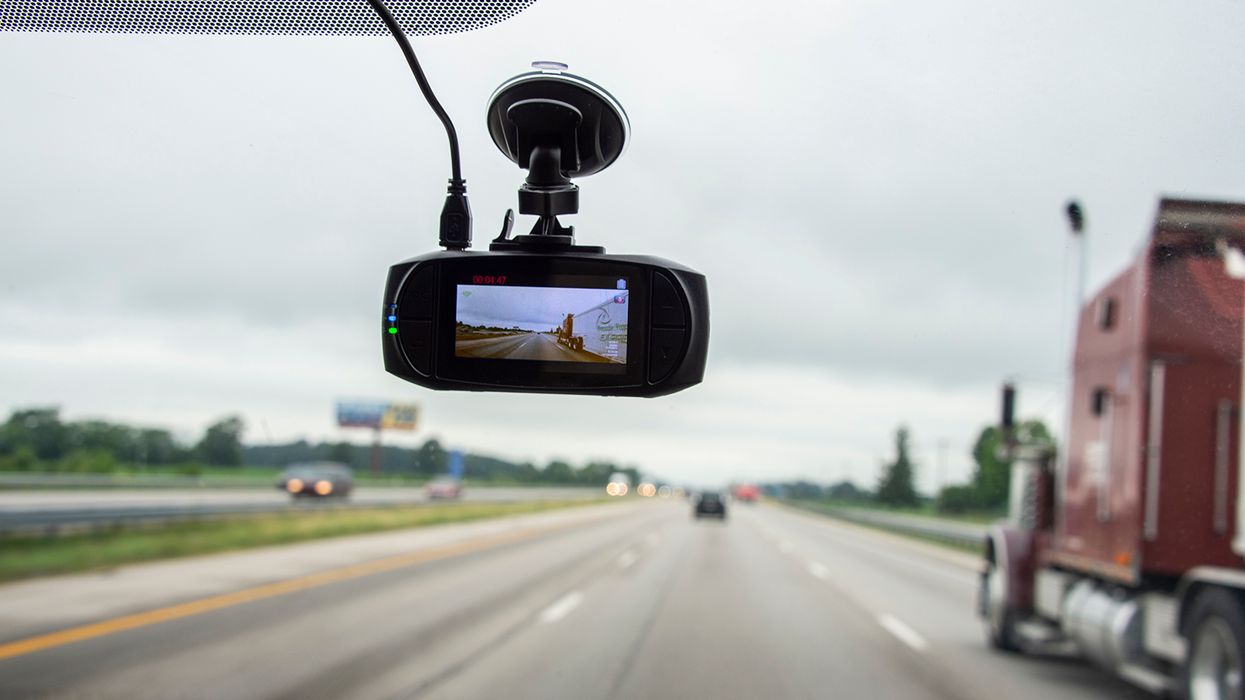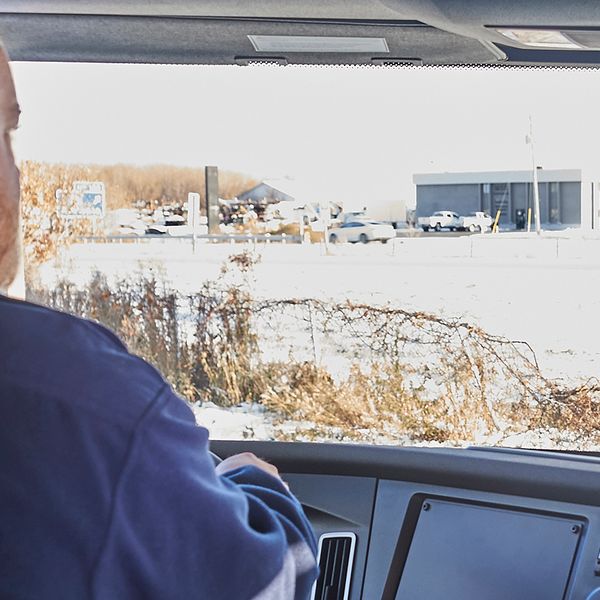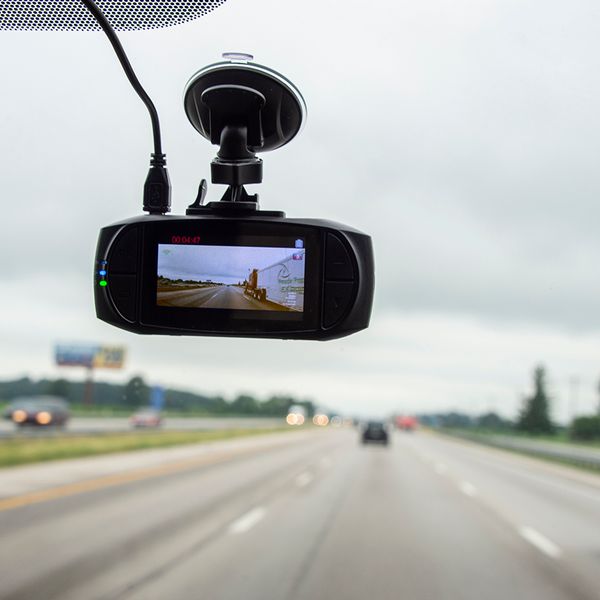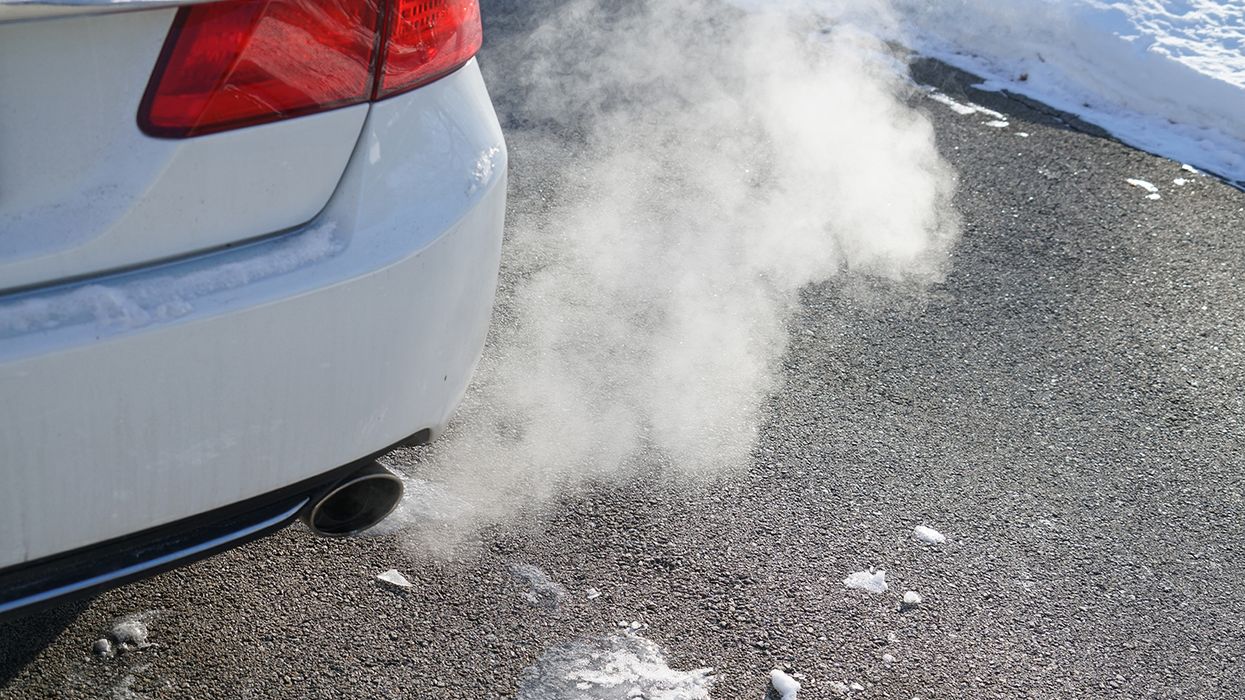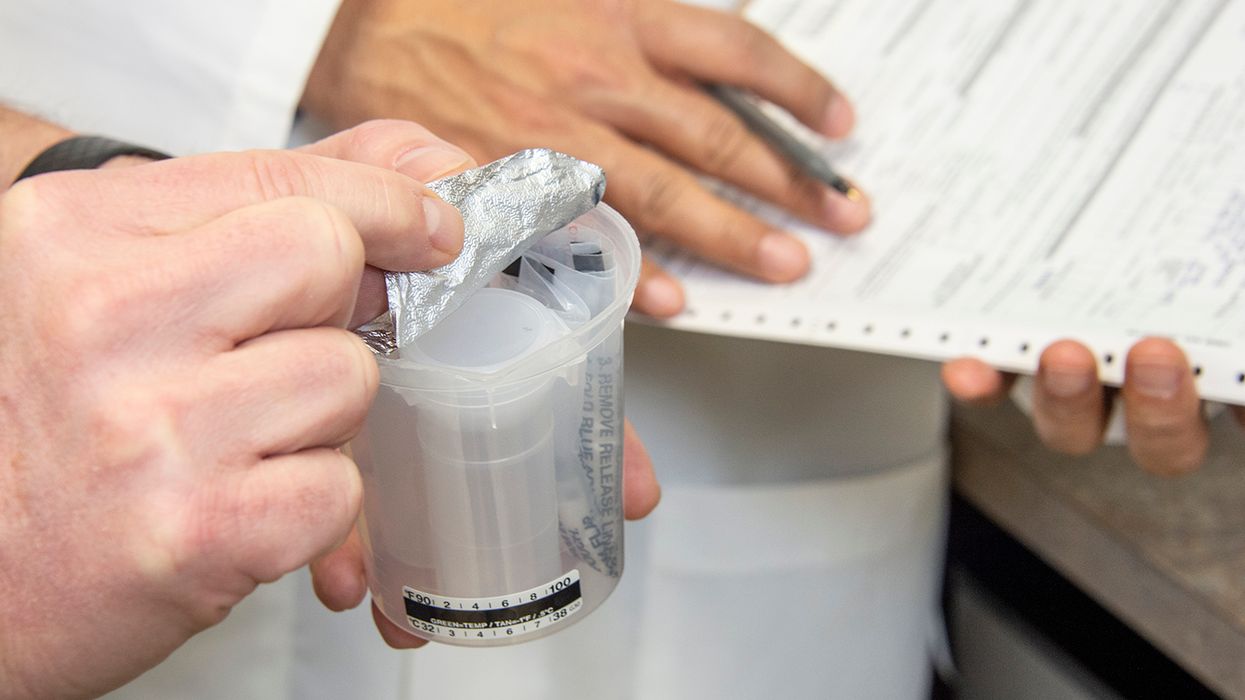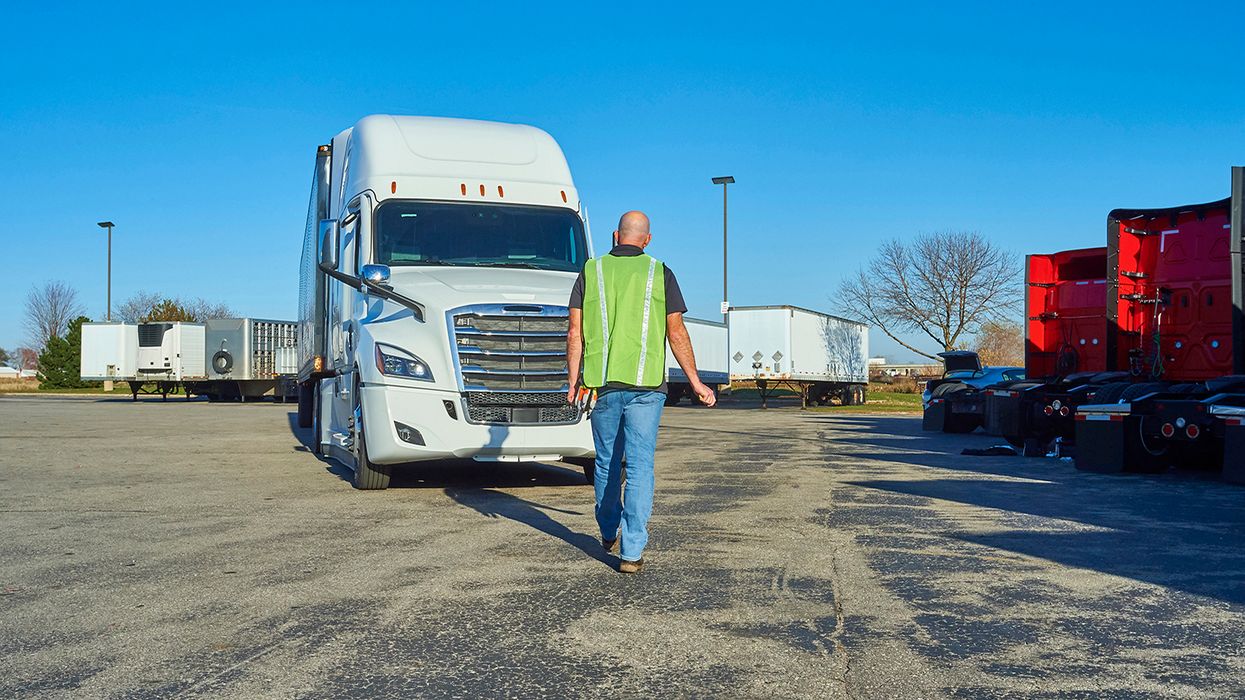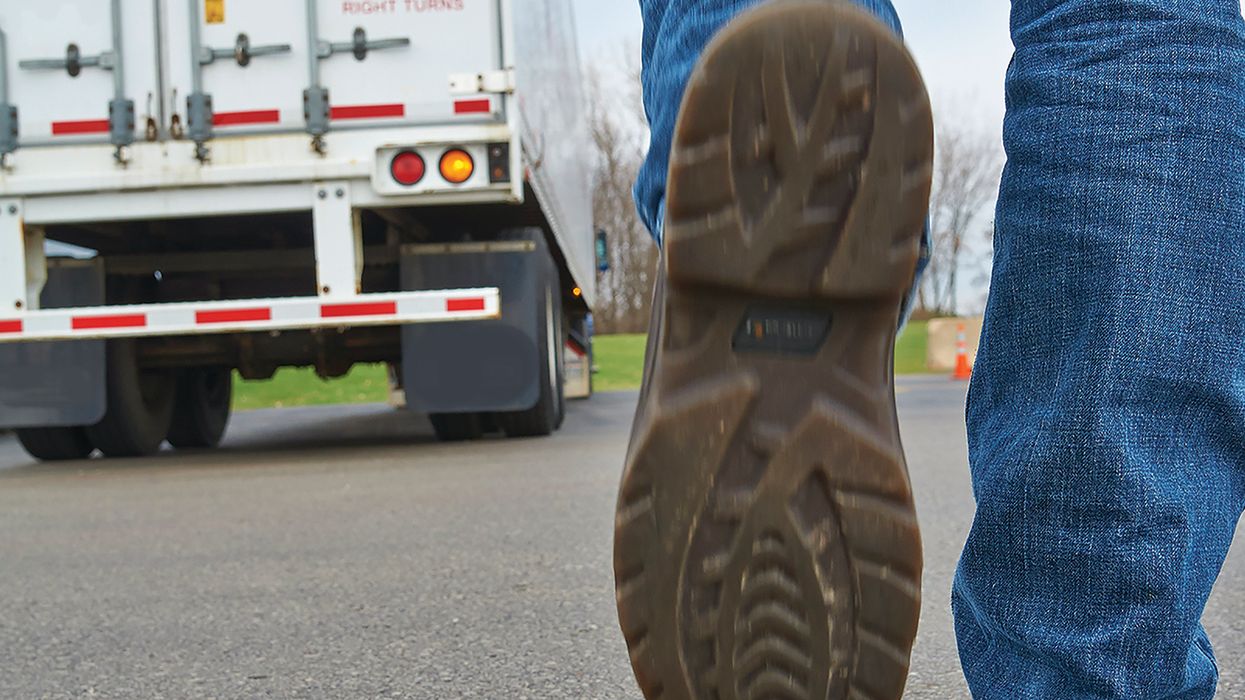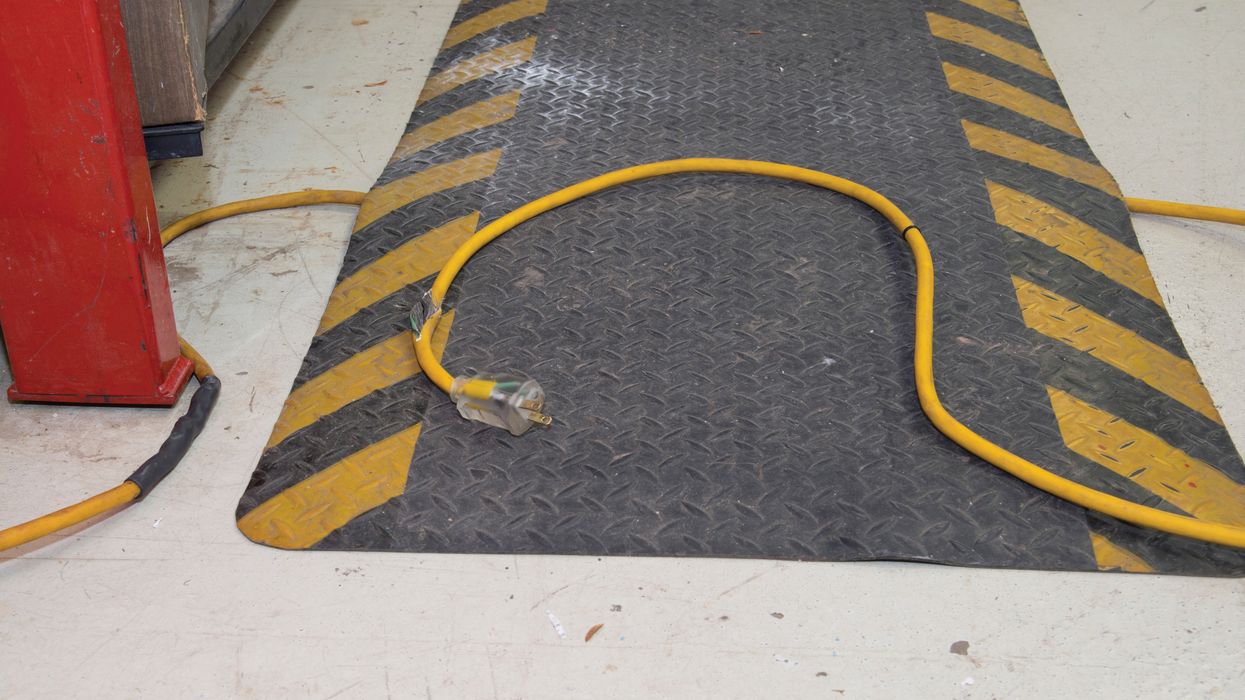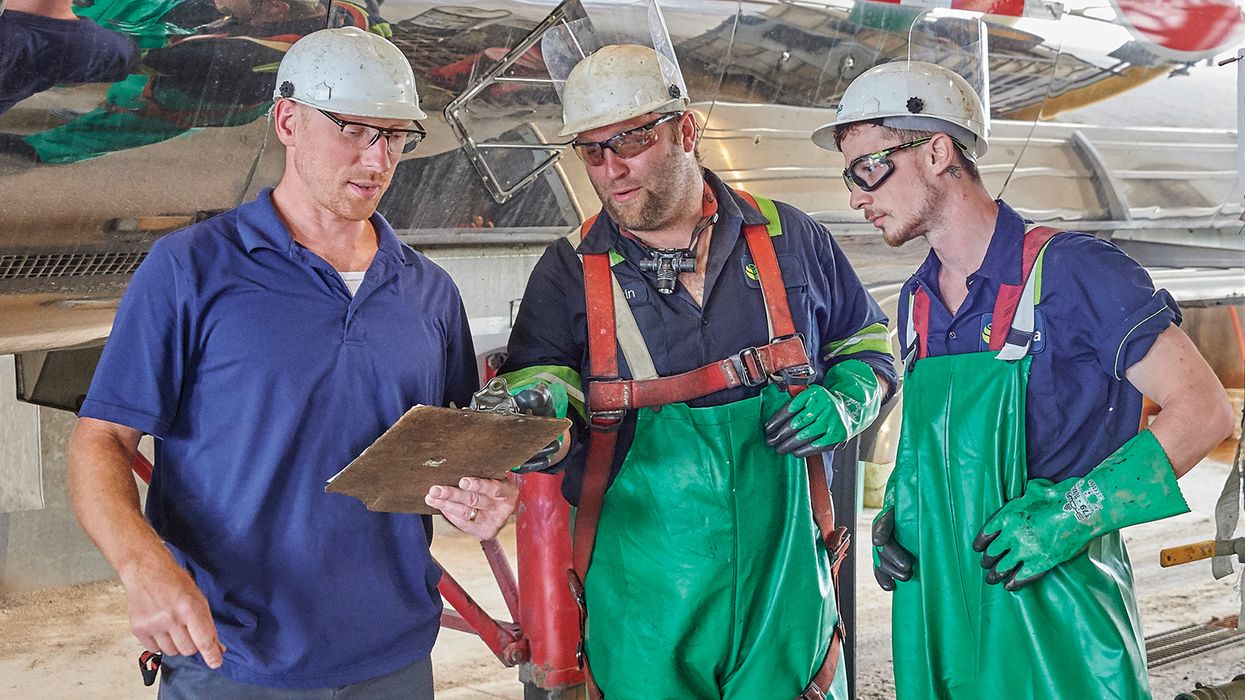Focus on these 5 features for dash cameras
A dash cam is a business investment in safety and efficiency, and it offers legal protection.
With the right dash cameras, you can monitor drivers, gather evidence in case of accidents, and reduce potential liabilities. Here’s a guide to the top five features to prioritize when purchasing dash cams for your trucking fleet.
1. High video resolution
Clear video footage is essential for capturing crucial details, especially when it comes to incident reporting and evidence gathering. Look for dash cameras with at least 1080p HD resolution. Higher resolutions provide superior clarity, making it easier to see details like license plates, road signs, and surrounding vehicles. Since trucks often operate around the clock, night vision capabilities are equally important. A dash cam equipped with infrared sensors or low-light technology will:
- Ensure clear footage during nighttime operations, and
- Reduce the risk of unclear or grainy video that can compromise evidence quality.
2. Wide field of view (FOV)
The field of view determines how much of the road and surrounding area the camera captures. In the trucking industry, a wide-angle lens is crucial, as it provides better coverage and records more of the road environment. A FOV of 120 to 170 degrees is ideal for capturing multiple lanes and potential hazards. This wide view is beneficial in helping you see vehicles approaching from the side, which is important in incident prevention and claim disputes, where a broader perspective can provide clearer context.
3. Managed review service
Using a managed review service for dash cameras is essential for efficient, accurate data analysis and accountability. These services provide expert reviewers who monitor footage, ensuring critical incidents are quickly identified and flagged. Using a service:
- Reduces the workload for internal teams,
- Allows for timely insights, and
- Promotes safer driving practices.
Additionally, managed services help companies maintain compliance, reduce liability, and improve driver behavior by delivering unbiased feedback, contributing to overall fleet safety and operational efficiency.
4. Driver-facing cameras
Driver-facing cameras are increasingly popular in fleet management as they monitor driver behavior and help ensure compliance with safety regulations. A dual-facing camera system captures both the road and the driver’s actions, helping managers track factors such as drowsiness, seatbelt use, or distracted driving. This feature can contribute to improving driver accountability, and it’s beneficial for coaching purposes. Driver-facing cameras also provide protection for drivers in the event of an accident, documenting that the driver was attentive and abiding by safety rules.
5. Cloud connectivity
Dash cameras with cloud connectivity allow for real-time access to footage, making it easier for fleet managers to review incidents quickly. Cloud-enabled dash cams store video files on a secure server, so you don’t have to worry about losing footage in case the camera is damaged. This feature also supports immediate data transfer, which can be crucial in urgent situations where rapid access to footage is required. Cameras with 4G or Wi-Fi connectivity further enhance this feature, allowing managers to access video data remotely without having to wait for trucks to return to base.
Key to remember: A dash camera system that combines these top features can help you run a safer, more efficient operation while protecting your business from potential risks and liabilities.

